When I was planning our recent trip to the Maldives, I found myself full of questions. Now that we’re back, I believe sharing my inquiries along with the insights I gained will be helpful for anyone else looking to book a holiday there. This is the final installment in my three-part series on the Maldives, where I’ll address some of my burning questions and the answers I came across.
Which Island to Choose?
The Maldives boasts over a hundred island resorts, each offering stunning blue waters, white sandy beaches, abundant sunshine, and excellent reviews. So, how do you make a choice?
Here are a few factors we considered in our selection process:
Distance from Male Airport
While Male is a small country in terms of land area (only 298 km2), it spans a vast 90,000 km2 geographically. By Maldivian standards, islands located within an hour’s speedboat ride from Male airport are deemed ‘close.’ For any islands further away, you would need to take a seaplane. For the most distant islands, expect to take a domestic flight followed by a seaplane or speedboat. This sounds glamorous, but it can feel quite tedious after a long international flight.
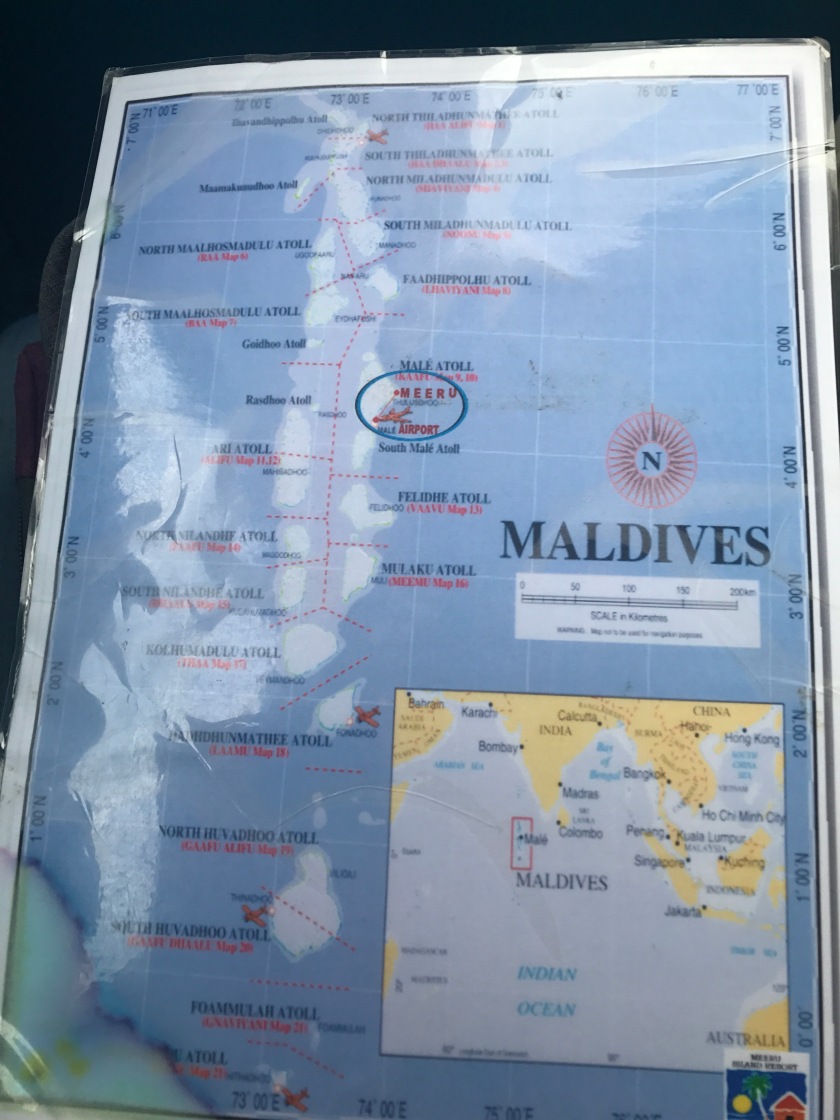
It’s also important to consider the transfer costs. Typically, a speedboat transfer is the most economical option. Although a seaplane ride offers a picturesque journey, it can be expensive. We found that the return seaplane transfer often equated to the cost of a one-night stay at a resort. Decide whether you prefer the scenic seaplane experience or an extra night at the hotel.
In summary, choosing an island closer to the airport not only means a more affordable and straightforward transfer but also allows you more time (and budget) to enjoy your stay at the resort. However, keep in mind that islands nearer to Male may be adjacent to inhabited islands, so if your goal is complete seclusion, it might be worthwhile to explore an island further away.
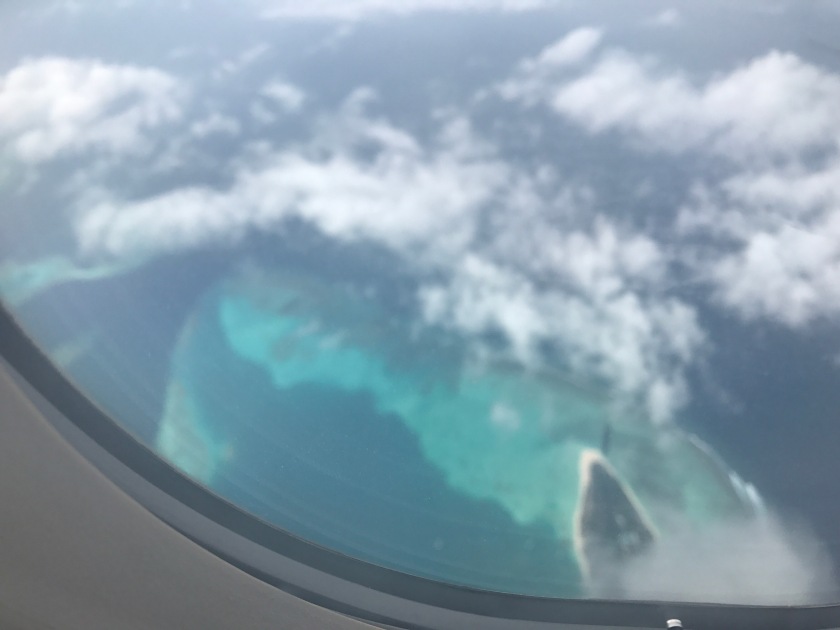
Large Island or Small Island?
Would you prefer an expansive island that requires a golf buggy to navigate, or a compact island that takes only 5-10 minutes to explore on foot?
Generally, larger islands host larger resorts, which come with their pros and cons. Bigger resorts may have more rooms and therefore be more crowded, yet they often boast more facilities, including sports activities, games rooms, spas, diverse entertainment, children’s clubs, and various dining areas. Smaller islands tend to have fewer rooms and a more intimate atmosphere, but might lack a variety of activities.
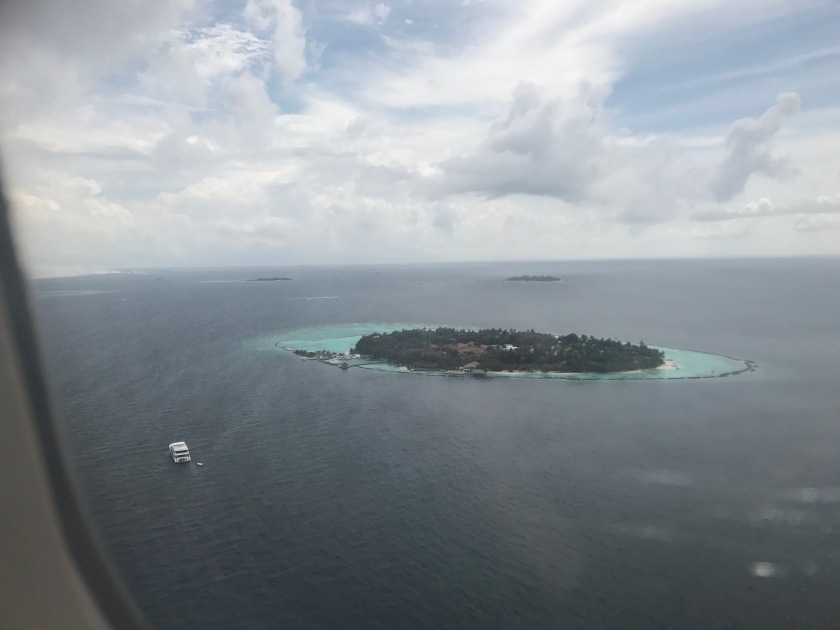
Ultimately, what matters to you? Do you enjoy snorkeling, reading, and sunbathing, or do you prefer a packed itinerary of activities?
Snorkeling and Diving Opportunities
For many, the Maldives is a paradise for snorkeling and diving. If this is a priority for you, select a resort with a great house reef.
In case you’re wondering, a house reef is where the coral shelf around an island drops off into deeper waters, creating breathtaking coral gardens teeming with diverse fish species. While some islands may have coral reefs near the beach, it’s the house reefs that truly shine.
On certain islands, the house reef is a boat ride away, requiring you to rely on resort excursions to access it, often limiting your snorkeling time. To avoid being tied to an excursion schedule, pick a resort with easy access to a house reef.
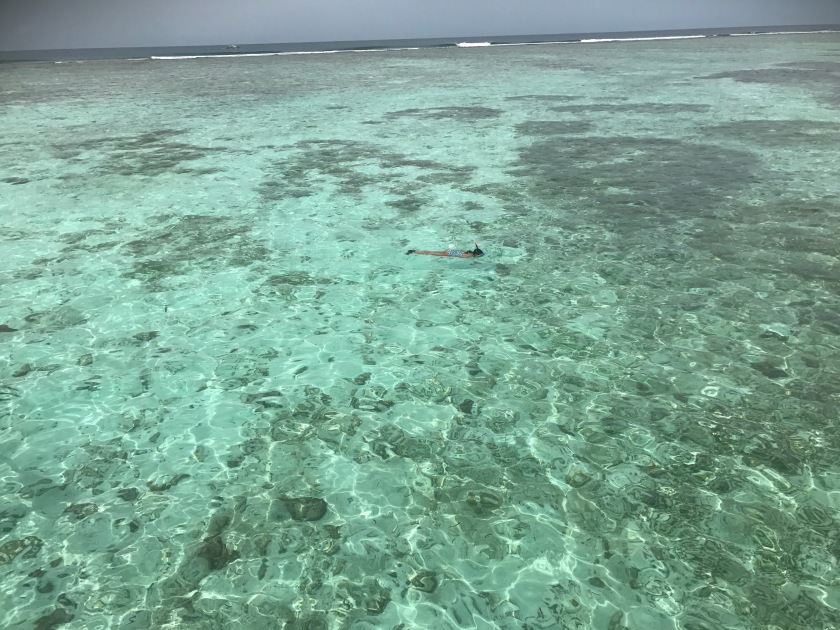
Budget Considerations
The Maldives offers a wide range of price points, from quite high-end to “I can only dream of this.” Determine your budget and adhere to it. As I mentioned, there are numerous resorts, and even those on the budget end are typically of good quality, making it easier to find one that matches your financial plans.
While browsing hotel comparison sites, be sure to read the fine print. Many advertised rates do not include transfer fees, resort fees, and taxes, so the total cost can be much higher than what’s displayed. Travel agents, however, tend to include these additional costs in their package prices.
Furthermore, many resorts now offer price matching or guarantees for the best rates when you book directly through their websites, so it’s worth checking there as well.
Target Audience
Some islands cater exclusively to couples, while others are more family-friendly. Some might feature lively parties and karaoke every night, whereas others maintain a more serene atmosphere. Consider what kind of vacation environment you’re aiming for.
All-Inclusive or Not?
Before our trip to the Maldives, I consulted several friends who had already visited, and they all emphasized one thing: opt for a “full-board” or “all-inclusive” package. This advice is well-founded, as a-la-carte dining options in Maldivian resorts can be exorbitantly priced.
Most resorts offer varying meal plans: Bed and Breakfast, Half Board (Breakfast + Dinner), Full Board (Breakfast, Lunch, and Dinner), and All Inclusive (which includes all meals, snacks, and drinks). Deciding which plan is most cost-effective can be quite the puzzle.
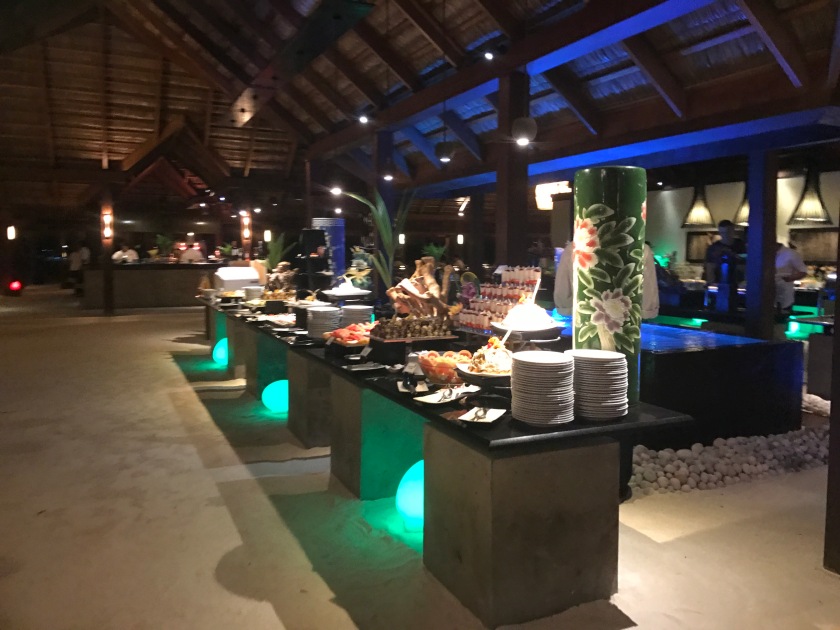
Here are some factors to consider when choosing between a la carte, full board, or all-inclusive options:
- Evaluate the daily cost differences between full board and all-inclusive. Given your usual holiday habits regarding drinks and snacks, consider whether you would consume enough to justify the extra cost of an all-inclusive plan. At Meeru Island, for instance, we found that a few alcoholic drinks with lunch and dinner, plus a couple of snacks and bottled water added up to roughly the price difference for going all-inclusive. If you don’t plan to drink, full board could be a better fit, though you’ll have to pay for soft drinks, including water. Keep in mind that tap water isn’t safe to drink in the Maldives, necessitating payment for bottled water throughout your stay.
- Are you comfortable following scheduled meal times? With half board, full board, or all-inclusive, meals are served at specific times. If you intend to eat outside these hours, extra charges will apply. If you think you’ll be out snokeling or partaking in excursions most days, an a la carte plan might be preferable.
- Are you okay with consuming house-brand wines and spirits? Premium brands typically aren’t included in all-inclusive packages, so if you have a preference for specific wines, spirits, or cocktails, paying as you go might be a more suitable option.
- What time are you departing the island? Should you have an evening flight out of Male, you might not leave the island until late afternoon, while check-out is typically by mid-morning. Some resorts allow all-inclusive guests to continue dining and drinking after check-out.
- Does the all-inclusive option offer any additional benefits? Consider whether it includes excursions, internet access, spa treatments, or sports lessons. These small extras can accumulate, so it’s smart to factor them in.
What Type of Room?
If your budget permits, I highly recommend opting for an overwater villa. In fact, if an overwater villa isn’t on your agenda, you might want to explore other destinations in the region that offer similar experiences for less. I’ve even penned an entire post about this.
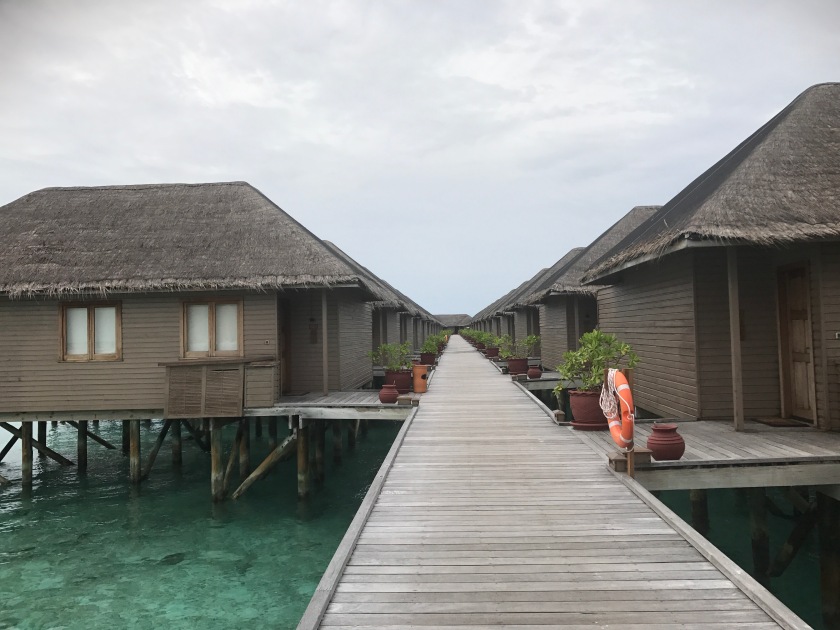
When to Visit?
The Maldives experiences a monsoon season (generally from May to September), which is considered the low season with significantly lower prices. The high season runs from October to April, particularly around Christmas and New Year, when prices spike.
Visiting during the monsoon offers the best value, and I think it’s well worth considering. Generally, rainfall is predictable and tends to last only an hour or two each morning or afternoon, after which the skies clear. Moreover, due to the shallow waters surrounding the islands, it’s safe to swim and snorkel during the monsoon season (unlike in some areas of countries like Sri Lanka, where the sea can be unsafe). That said, always heed local advice once you arrive.
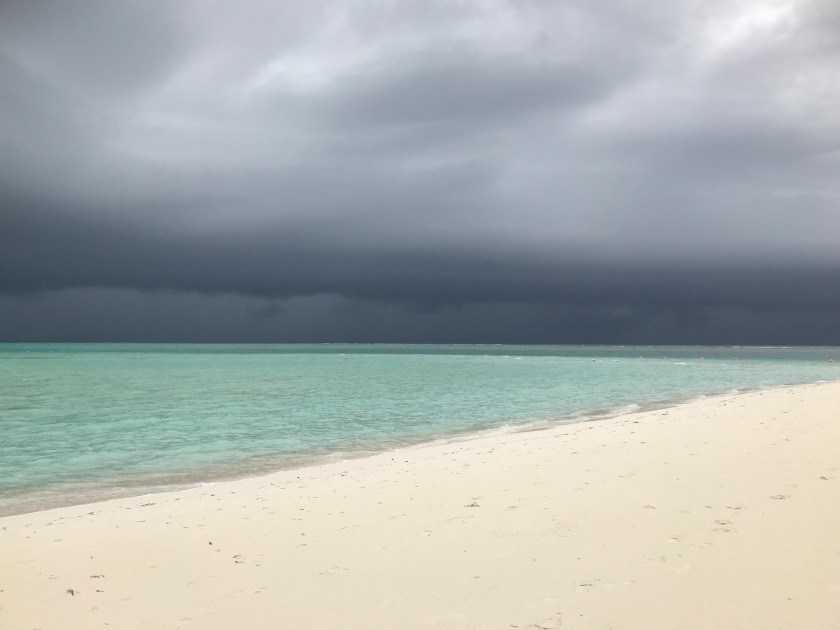
However, there are a couple of downsides to the monsoon:
- The rainy season brings an increase in mosquitoes and other insects.
- Cyclones or storms are more prevalent during the monsoon, which increases the likelihood of encountering severe weather. During our visit, the Maldives was at the edge of Cyclone Mora, leading to continuous rain for five out of seven days, and many excursions and outdoor activities were canceled.
Have you been to the Maldives, or are you planning a visit? What do you think of the information above? Share your thoughts in the comments below!
Joining The Weekly Postcard with Two Traveling Texans




